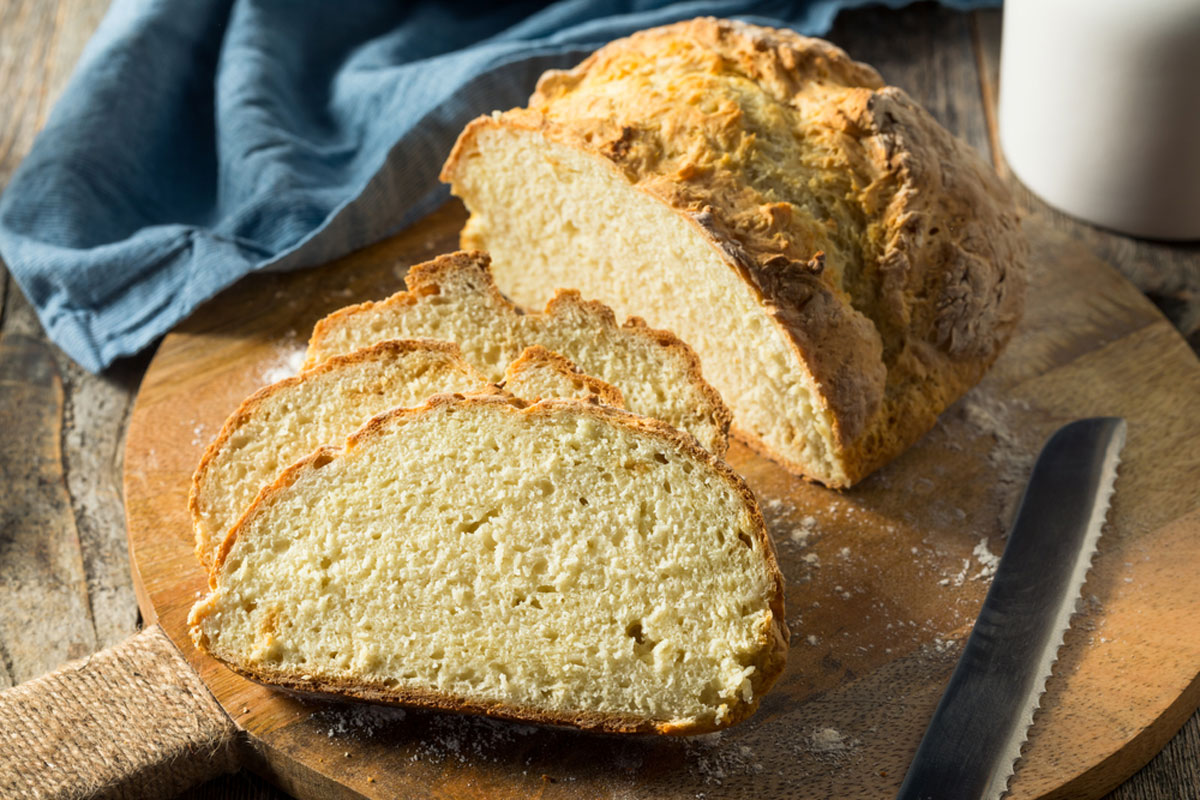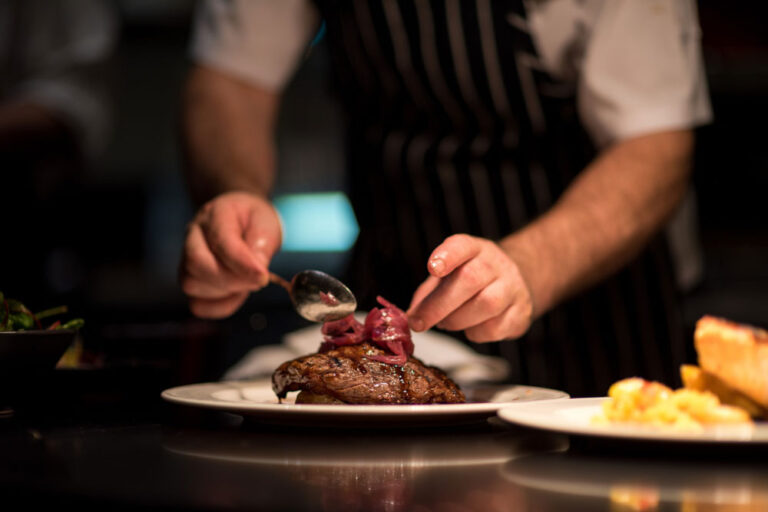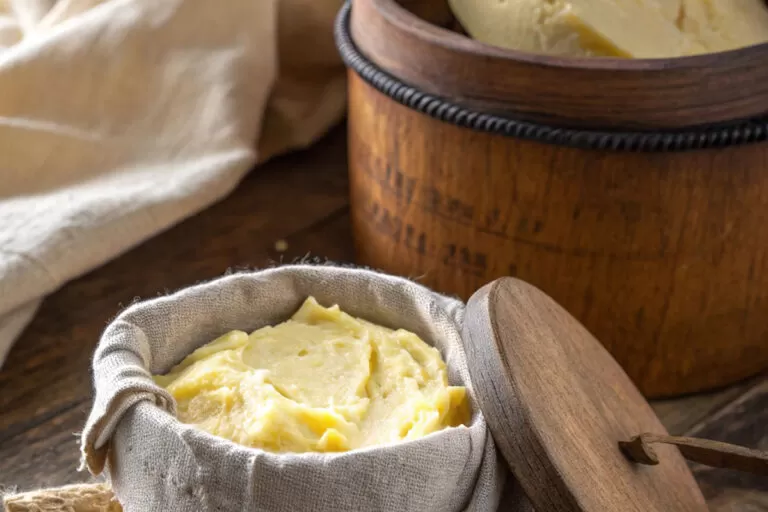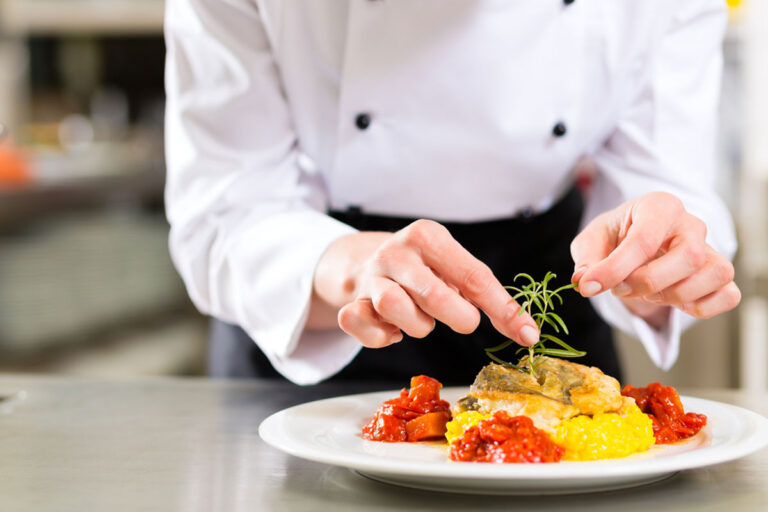A Traditional Staple
In the verdant landscapes of Ireland, where history and tradition intertwine, one culinary treasure stands out: Irish soda bread. This beloved staple holds a significant place in the culinary heritage of Ireland, tracing its origins back to the 19th century. During this time, baking soda emerged as a popular leavening agent in Irish kitchens, offering a practical and economical solution for making bread rise without the need for yeast. The simplicity of its ingredients—flour, baking soda, salt, and buttermilk—belies the depth of flavor and texture that defines Irish soda bread. Beyond its practicality, this bread embodies the essence of rustic, traditional Irish cuisine, serving as a symbol of the warmth and hospitality found in Irish homes for generations. With its dense crumb, crusty exterior, and slightly tangy flavor, Irish soda bread remains a beloved favorite, both at the family table and in the hearts of those who cherish Ireland’s rich culinary traditions. As generations have passed, the tradition of baking Irish soda bread has been lovingly preserved, passed down from mothers to daughters, ensuring that this timeless recipe continues to be a cherished part of Irish culture and cuisine.
Historical Roots and Cultural Significance
Irish soda bread’s humble beginnings are deeply rooted in the history of Ireland, reflecting the resourcefulness and resilience of its people during times of hardship. In the mid-19th century, Ireland faced widespread poverty and famine, leading to a scarcity of traditional baking ingredients like yeast. As a result, Irish cooks turned to alternative methods for leavening bread, and thus, soda bread emerged as a staple of the Irish diet.
The combination of baking soda and acidic buttermilk proved to be an effective leavening agent, allowing families to continue baking bread even in the most challenging of times. This period of adversity marked the beginning of a culinary tradition that would endure for generations. Irish soda bread became more than just a practical solution to a shortage of ingredients; it became a symbol of resilience, ingenuity, and the enduring spirit of the Irish people.
Beyond its historical roots, Irish soda bread holds significant cultural importance in Ireland. It is deeply ingrained in the fabric of Irish society, with recipes passed down through generations and variations reflecting regional differences and family traditions. In many Irish households, baking soda bread is not just a culinary activity but a cherished ritual, bringing families together and evoking a sense of nostalgia for simpler times.
Today, Irish soda bread remains a beloved fixture on the Irish table, whether enjoyed fresh out of the oven with a slather of butter or served alongside hearty stews and soups. Its dense crumb, crusty exterior, and slightly tangy flavor continue to captivate the taste buds of both locals and visitors alike. As a cultural icon, Irish soda bread serves as a reminder of Ireland’s rich history, cultural heritage, and the enduring bond between its people and the land.
Traditional Ingredients and Variations
At the heart of Irish soda bread lies a simple yet harmonious blend of ingredients, each contributing to its distinctive flavor and texture. Flour, baking soda, salt, and buttermilk form the basic foundation of this iconic bread, with variations and additions reflecting regional preferences and family recipes.
Flour: Traditional Irish soda bread typically uses a combination of white flour, wholemeal flour, or a mix of both. The choice of flour affects the texture of the bread, with wholemeal flour imparting a slightly denser and nuttier flavor compared to white flour.
Baking Soda: Baking soda, also known as bicarbonate of soda, is the leavening agent responsible for the rise of Irish soda bread. When combined with an acidic ingredient like buttermilk, baking soda produces carbon dioxide gas, resulting in a light and airy texture.
Salt: Salt is essential for enhancing the flavor of Irish soda bread, balancing the sweetness of the buttermilk and adding depth to the overall taste. It also helps to strengthen the gluten structure of the dough, contributing to a better rise and texture.
Buttermilk: Buttermilk serves as both a liquid and an acidic component in Irish soda bread, activating the baking soda to create bubbles and lift the dough. Its tangy flavor adds complexity to the bread, complementing the richness of the other ingredients.
While the basic recipe for Irish soda bread remains consistent, there are countless variations and adaptations to suit individual tastes and preferences. Some recipes incorporate additional ingredients such as sugar, raisins, caraway seeds, or oats for added sweetness and texture. Regional variations may also include different types of flour or alternative dairy products like yogurt or sour cream.
Whether baked as a traditional round loaf or shaped into smaller scones or rolls, Irish soda bread continues to evolve while staying true to its rustic roots. Each variation offers a unique interpretation of this beloved staple, providing a delicious glimpse into Ireland’s diverse culinary landscape.
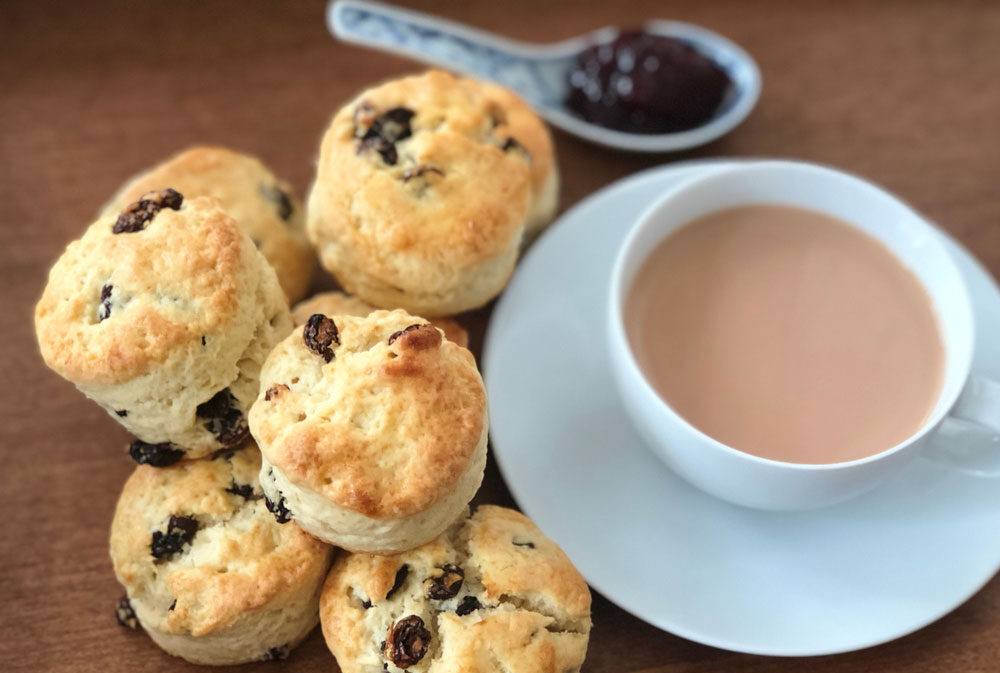
Baking Techniques and Traditions
The process of baking Irish soda bread is steeped in tradition, with time-honored techniques passed down through generations. From mixing the dough to shaping and baking the loaves, each step is infused with care and attention to detail, ensuring the perfect balance of flavor and texture.
Mixing the Dough: Traditional Irish soda bread is known for its quick and easy preparation, requiring minimal kneading and no rising time. The dry ingredients are first combined in a large mixing bowl, followed by the addition of the buttermilk. Using a light hand, the ingredients are gently mixed until just combined, taking care not to overwork the dough.
Shaping the Loaves: Once the dough comes together, it is turned out onto a floured surface and shaped into a round or oval loaf. Traditionally, a cross is slashed into the top of the dough before baking, symbolizing a blessing and allowing the bread to expand evenly as it bakes.
Baking: Irish soda bread is typically baked in a hot oven until golden brown and crusty on the outside, with a tender crumb inside. The baking time may vary depending on the size and shape of the loaf, but a common test for doneness is tapping the bottom of the bread to check for a hollow sound.
Throughout Ireland, baking soda bread is not just a culinary tradition but also a social and cultural activity. Families gather in kitchens to share recipes and techniques, passing on their knowledge and love for this cherished bread to future generations. In rural communities, communal ovens or local bakeries may still play a role in baking soda bread for special occasions and celebrations.
As the aroma of freshly baked bread fills the air and the sound of laughter echoes in the kitchen, the spirit of togetherness and tradition is palpable. Irish soda bread not only nourishes the body but also feeds the soul, connecting people to their heritage and the land from which this humble yet beloved bread originates.
Symbolism and Significance
Irish soda bread goes beyond its role as a mere staple of the Irish diet; it holds deep cultural and symbolic significance within the fabric of Irish society. Its humble ingredients and straightforward preparation reflect the resilience and resourcefulness of the Irish people, who have endured centuries of hardship and adversity.
The Bread of Necessity: Historically, Irish soda bread emerged as a practical solution to the challenges of baking bread in rural Ireland. With limited access to fresh yeast and ovens, particularly during times of poverty and famine, Irish households turned to soda bread as a staple food that could be easily and inexpensively prepared. Its ability to be cooked over an open fire or on a griddle made it accessible to all, regardless of socioeconomic status.
A Symbol of Hospitality: In Irish culture, offering guests a slice of soda bread is a gesture of warmth and hospitality. It speaks to the tradition of welcoming visitors into one’s home and sharing a meal together, reinforcing the sense of community and camaraderie that is deeply ingrained in Irish social customs. Whether served with a simple spread of butter or accompanied by a hearty stew, soda bread is a symbol of generosity and friendship.
Cultural Heritage: Beyond its practicality and symbolism, Irish soda bread is a tangible link to Ireland’s rich cultural heritage and agricultural traditions. The use of locally sourced ingredients, such as stone-ground flour and buttermilk from dairy farms, underscores the importance of sustainability and self-sufficiency in Irish food production. Additionally, the ritual of baking soda bread—often passed down through oral tradition—serves as a connection to the past, preserving the legacy of generations of Irish bakers and cooks.
In modern times, Irish soda bread continues to hold a special place in the hearts of the Irish people, both at home and abroad. Whether enjoyed as part of a traditional Irish breakfast or savored with a cup of tea on a quiet afternoon, soda bread remains a beloved symbol of Ireland’s culinary heritage and enduring spirit.
Evolving Traditions
While Irish soda bread has deep roots in Ireland’s past, its legacy continues to evolve in contemporary culinary culture. Modern chefs and bakers have embraced traditional soda bread recipes while also experimenting with new variations and flavor combinations, reflecting the dynamic nature of Irish cuisine.
Innovative Twists: In recent years, there has been a surge of creativity surrounding Irish soda bread, with chefs incorporating innovative ingredients and techniques to put a modern spin on this classic staple. Variations such as whole wheat soda bread, soda bread with seeds and nuts, and even sweet versions with additions like dried fruit and honey have become popular alternatives to the traditional recipe. These adaptations not only appeal to changing tastes but also showcase the versatility of soda bread as a canvas for culinary experimentation.
Global Influence: Beyond Ireland’s shores, Irish soda bread has gained international acclaim, finding its way onto menus in restaurants and bakeries around the world. Its simplicity, hearty texture, and distinctive flavor profile have made it a favorite among food enthusiasts seeking authentic Irish fare. Whether enjoyed in a cozy café in Dublin or sampled at a farmers’ market in New York City, soda bread serves as a delicious ambassador for Irish culinary traditions, bridging cultures and connecting people through a shared love of good food.
Preserving Tradition: Despite its modern adaptations and global popularity, Irish soda bread remains deeply rooted in tradition, serving as a link to Ireland’s past and a source of pride for its people. Bakers and home cooks alike continue to honor the time-honored techniques and recipes passed down through generations, ensuring that the legacy of soda bread endures for years to come. In doing so, they celebrate not only the culinary heritage of Ireland but also the resilience and ingenuity of its people.
Try some of our Soda Bread recipes:




